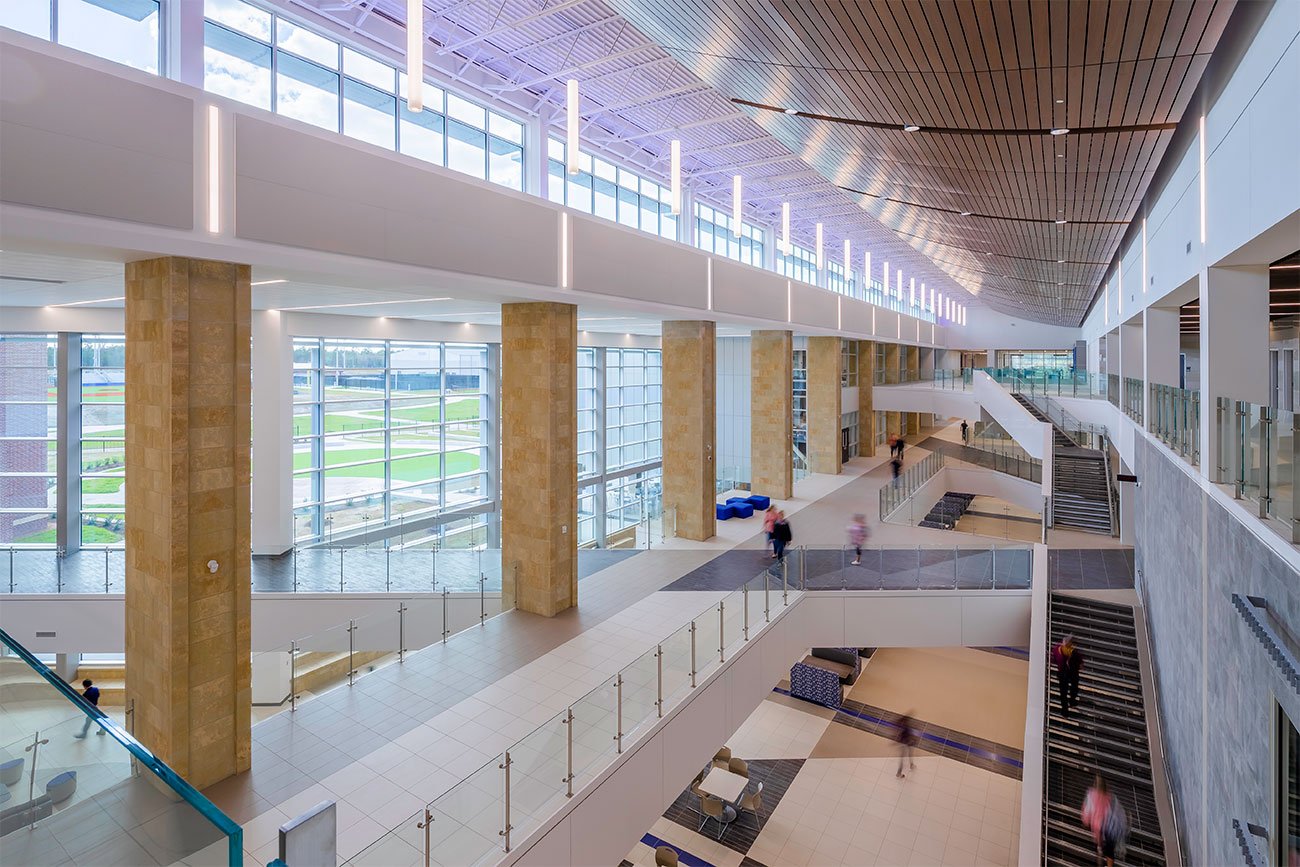Influences on Design
In an architecture of education, education becomes the cornerstone for crafting learning environments that cater to the success of every student. Within this enterprise, the architect and educator must thoughtfully consider and design spaces that integrate the educational goals of the student, faculty, staff and related communities into every aspect of a learning environment. Education is a nimble practice and design should offer innovation and listening as a major endeavor. In the forthcoming projects, I invite you to explore how these featured projects illustrate an integration of architecture into the pursuit of a higher degree of educational attainment.
In my efforts, I have tried to utilize design for purposes of the built form, the materials and its public presence. In its physical form, architecture performs a vital activity by including other factors such as the social, spatial, data-based information, safety, district expectations and educational objectives for a dynamic enhancement of the learning environment. The factors act as drivers that allow the design architect greater opportunities for success. By incorporating these factors in the design, the project presents itself with greater relevance and affirming impact upon the students, faculty, community and district.
The work shown below is to reference current projects of my wrk as an Education Architect. These works were selected to display a range of programs, building areas and grade levels. For further interest, I hope you enjoy the other sections that pertain to my background provided for your review.
Concept Mural for the new Lone Star Montgomery Health Science Center


